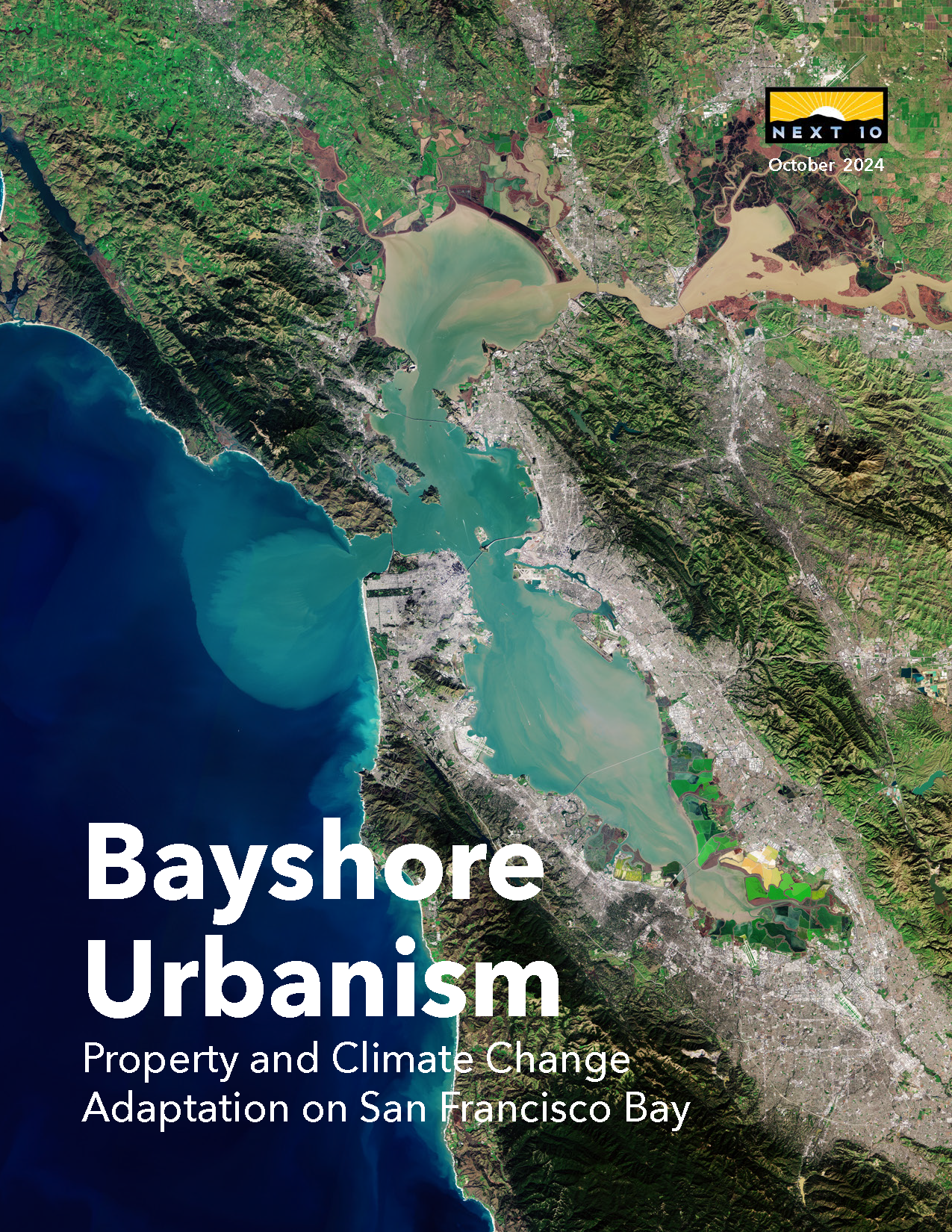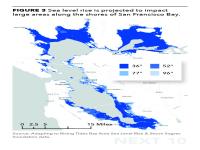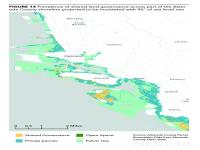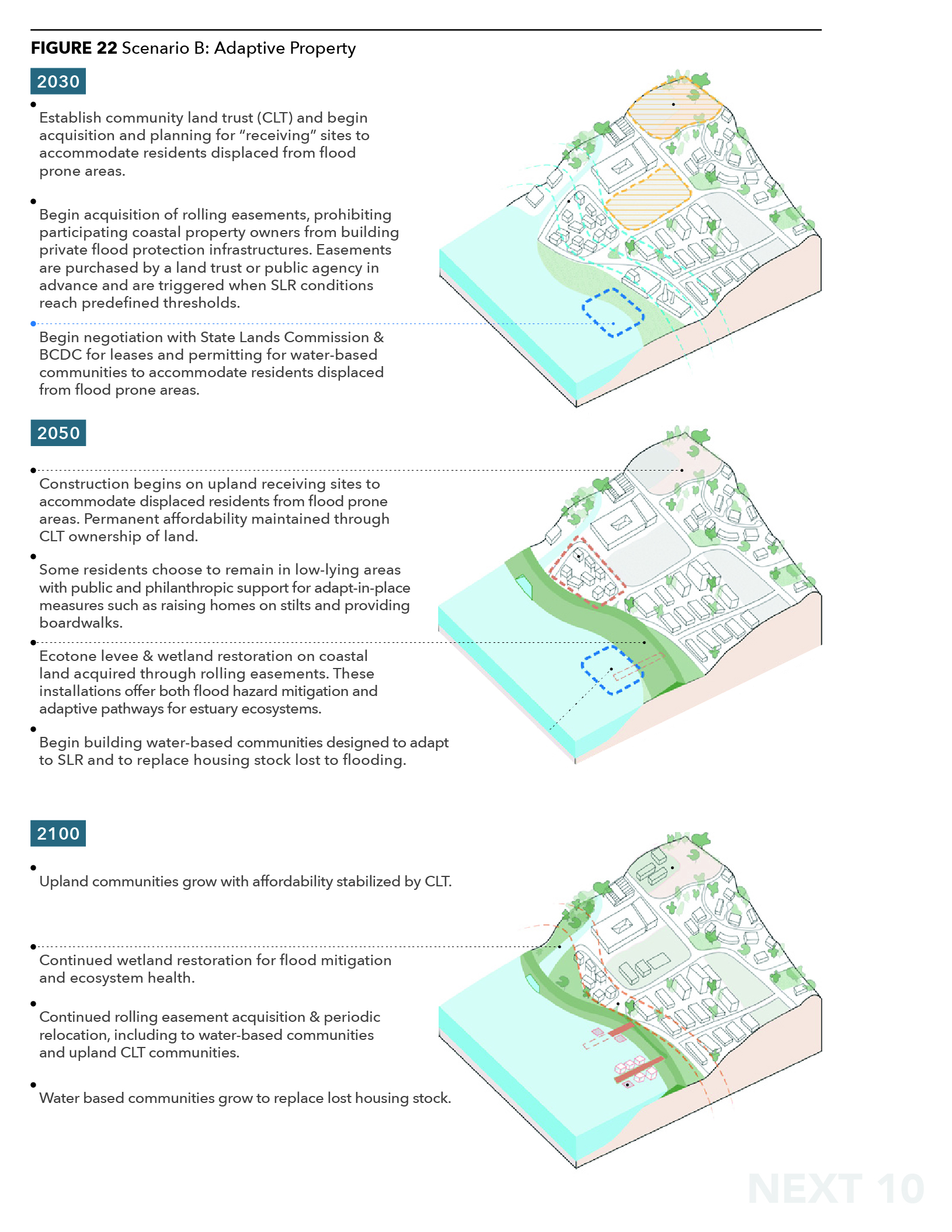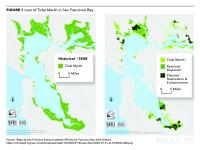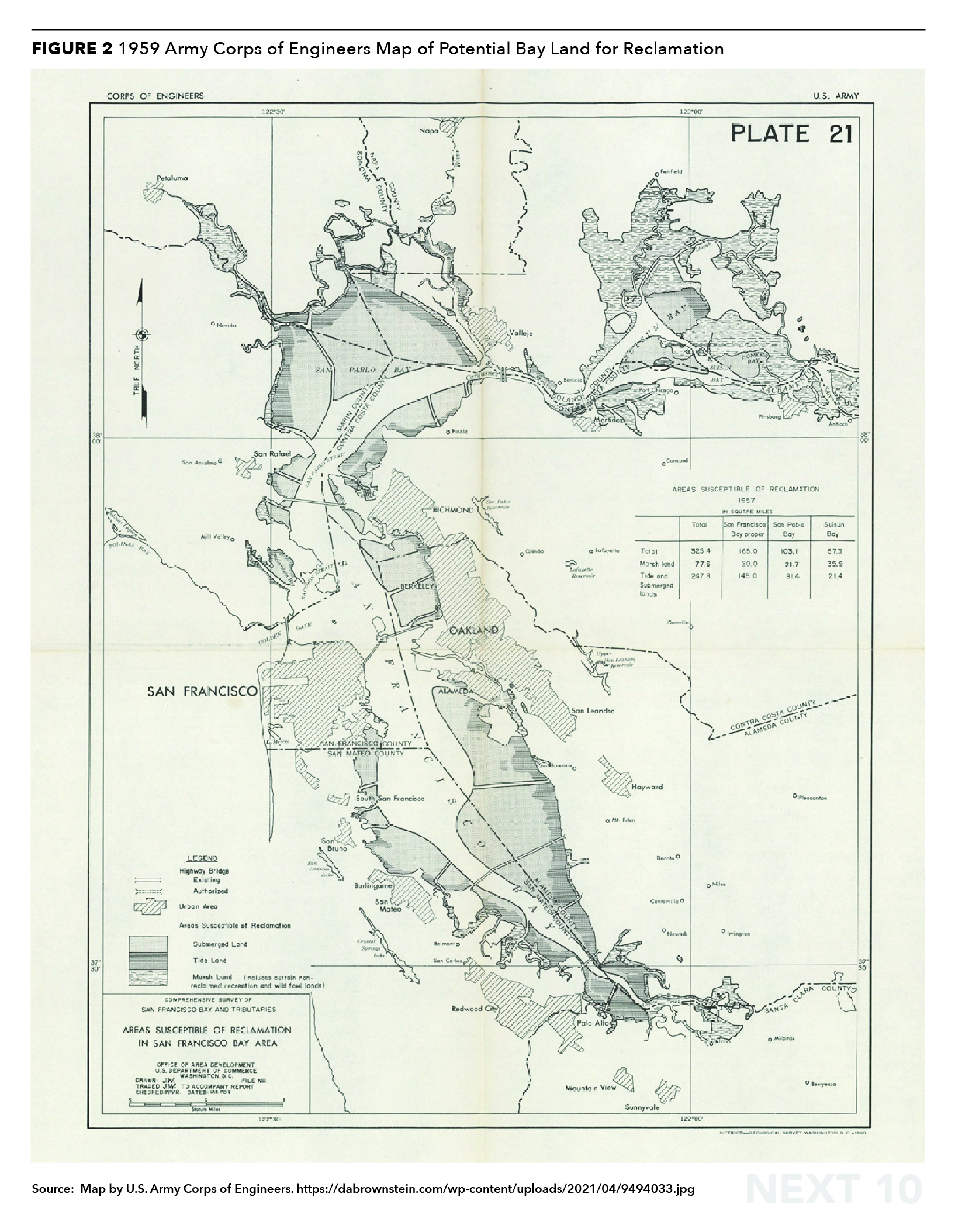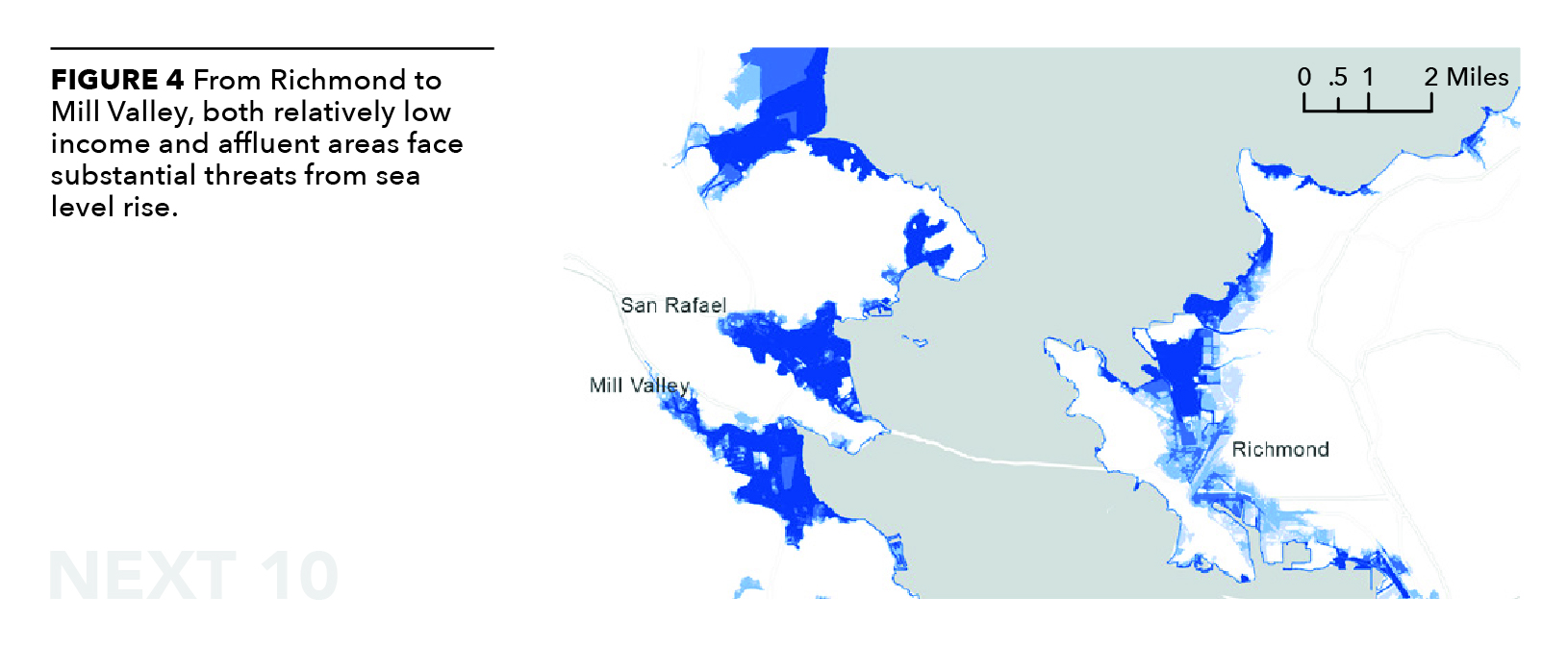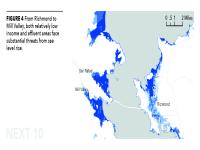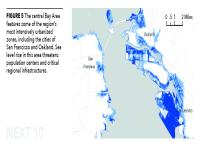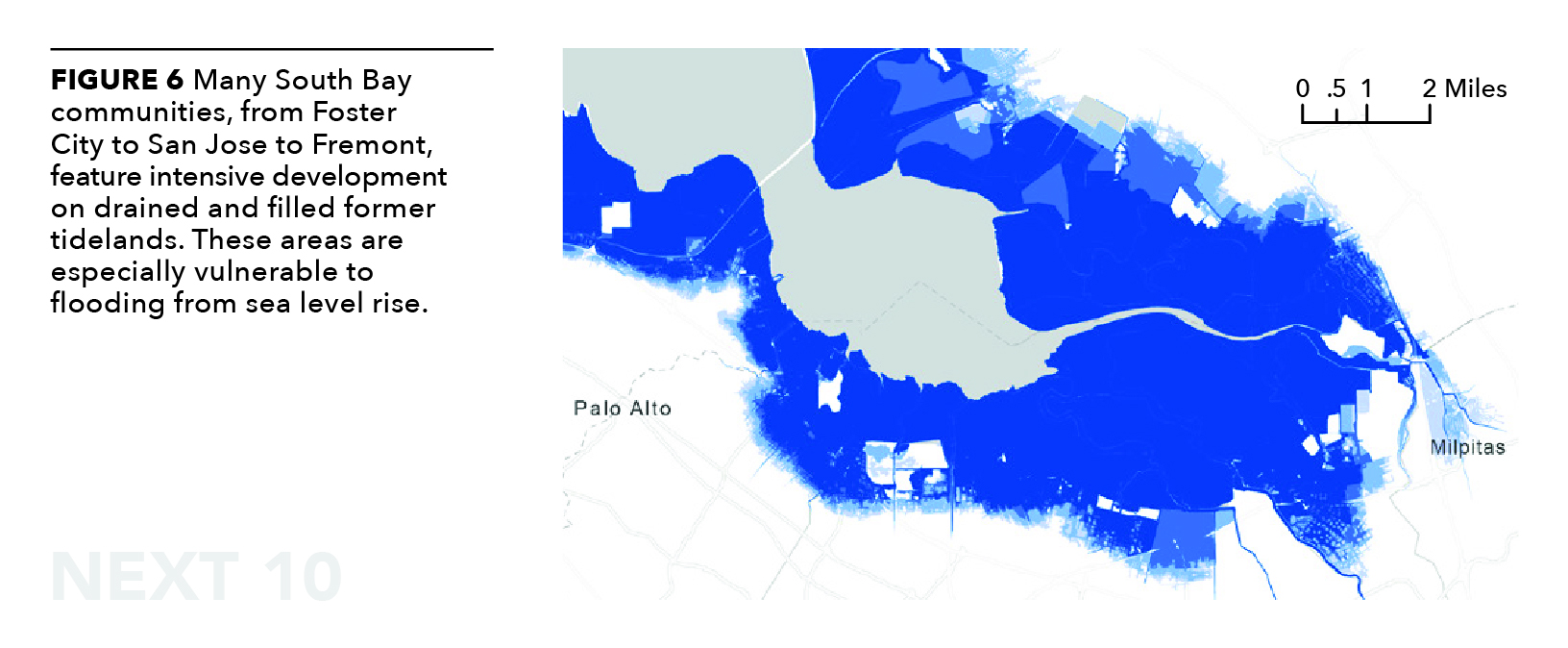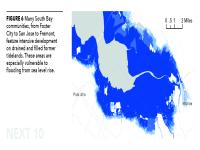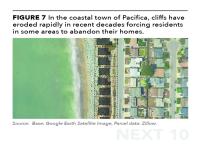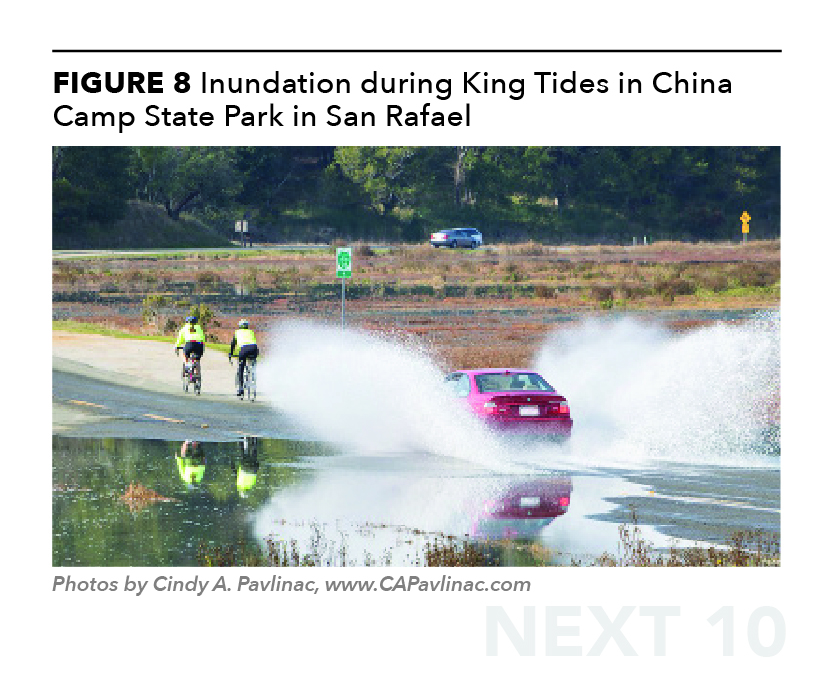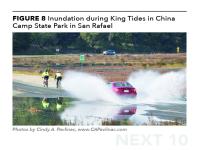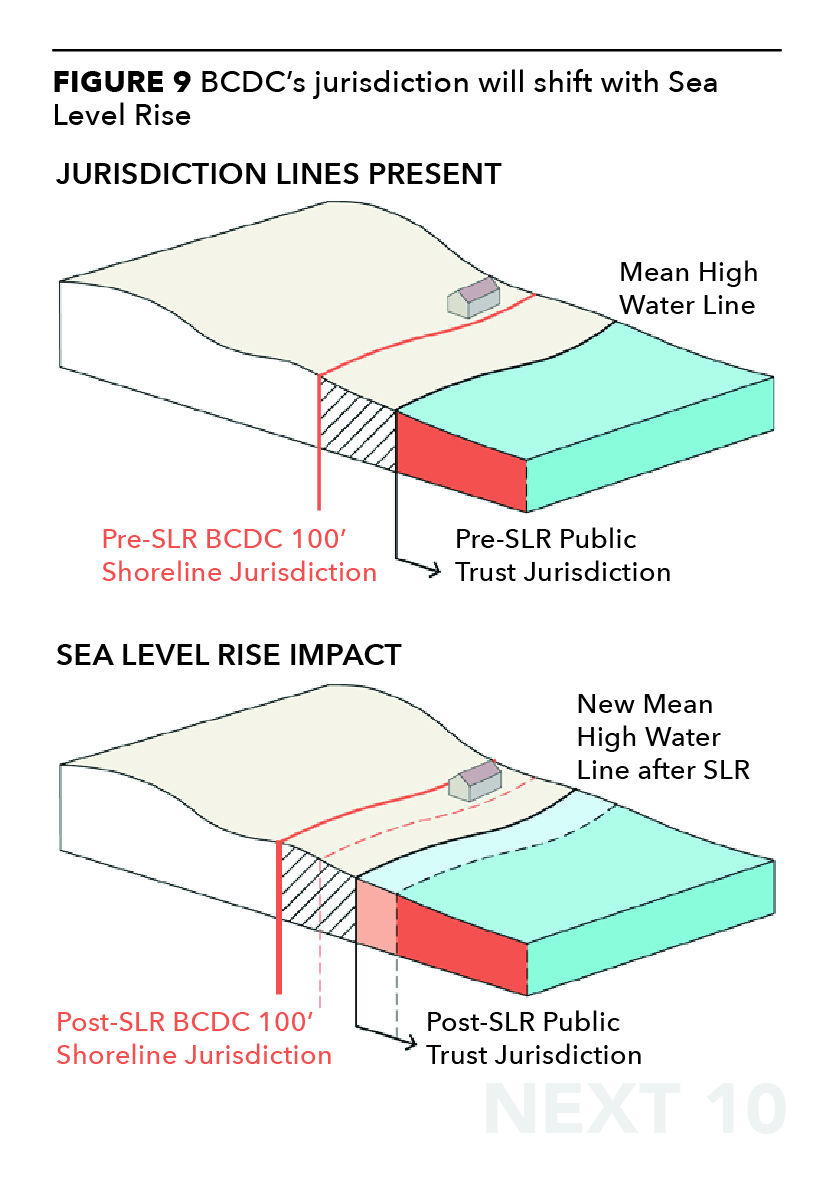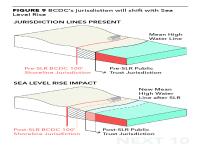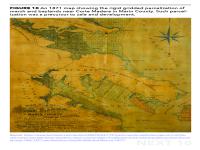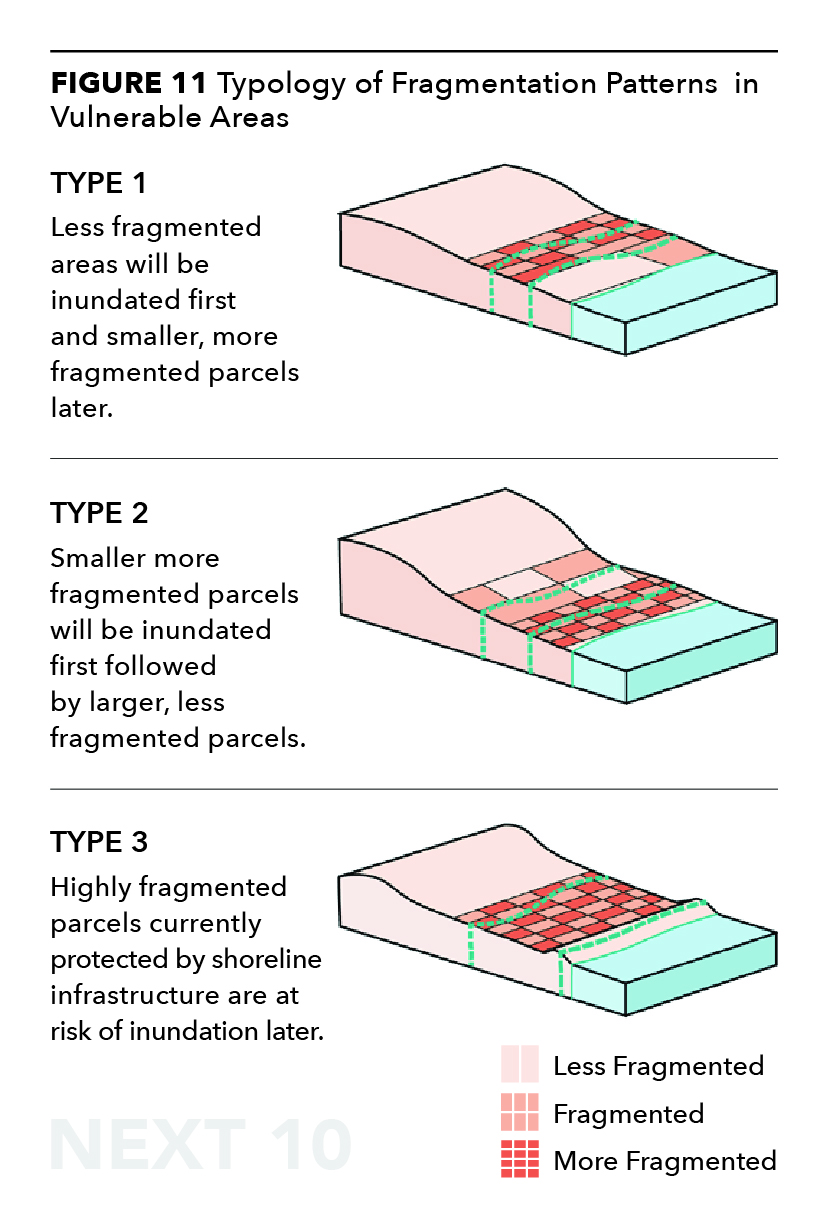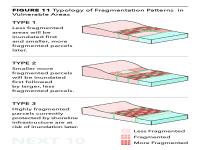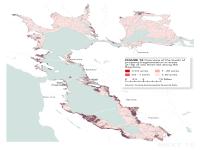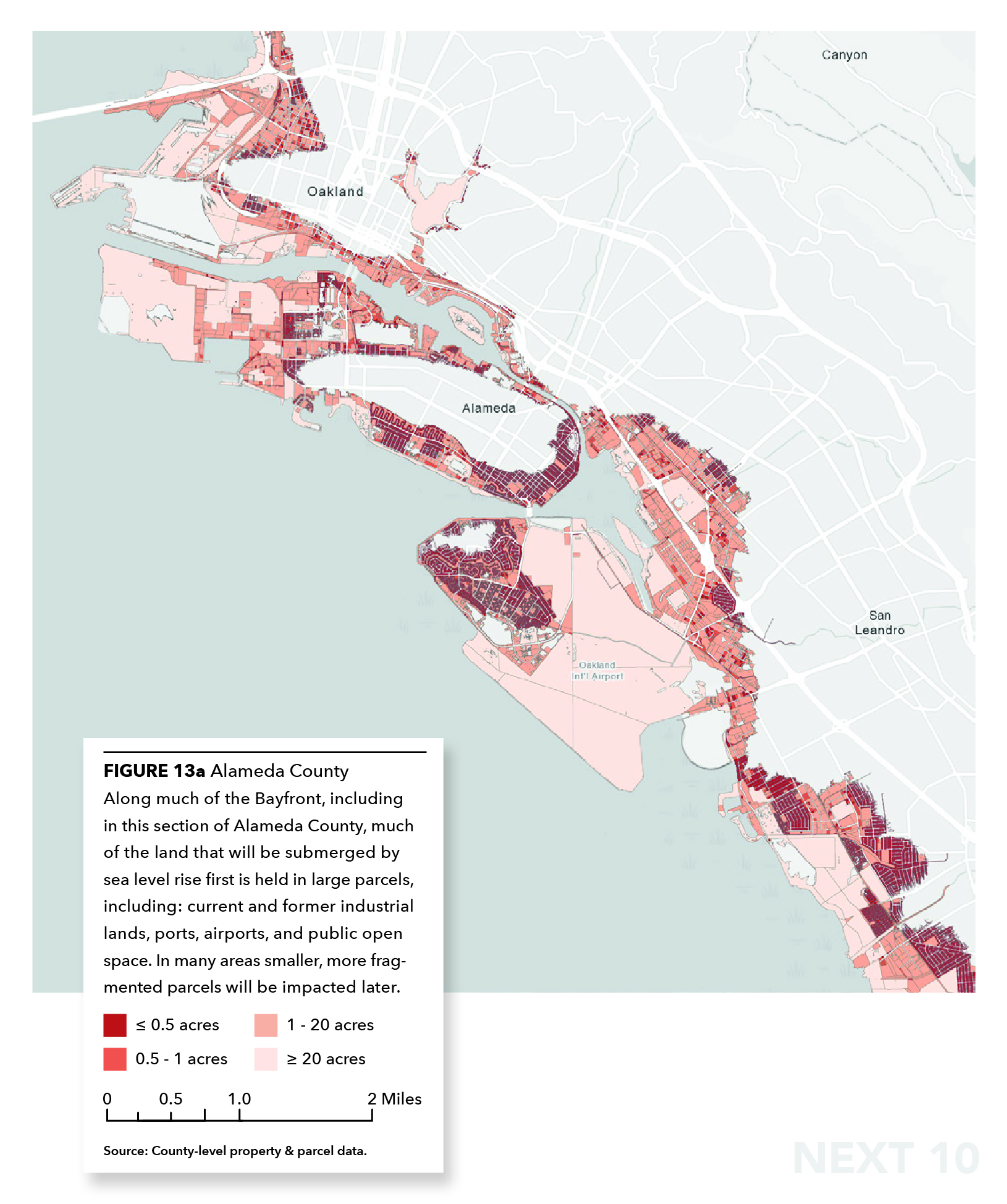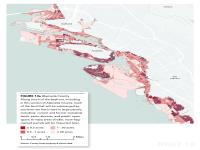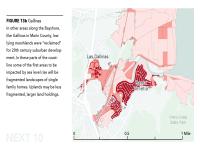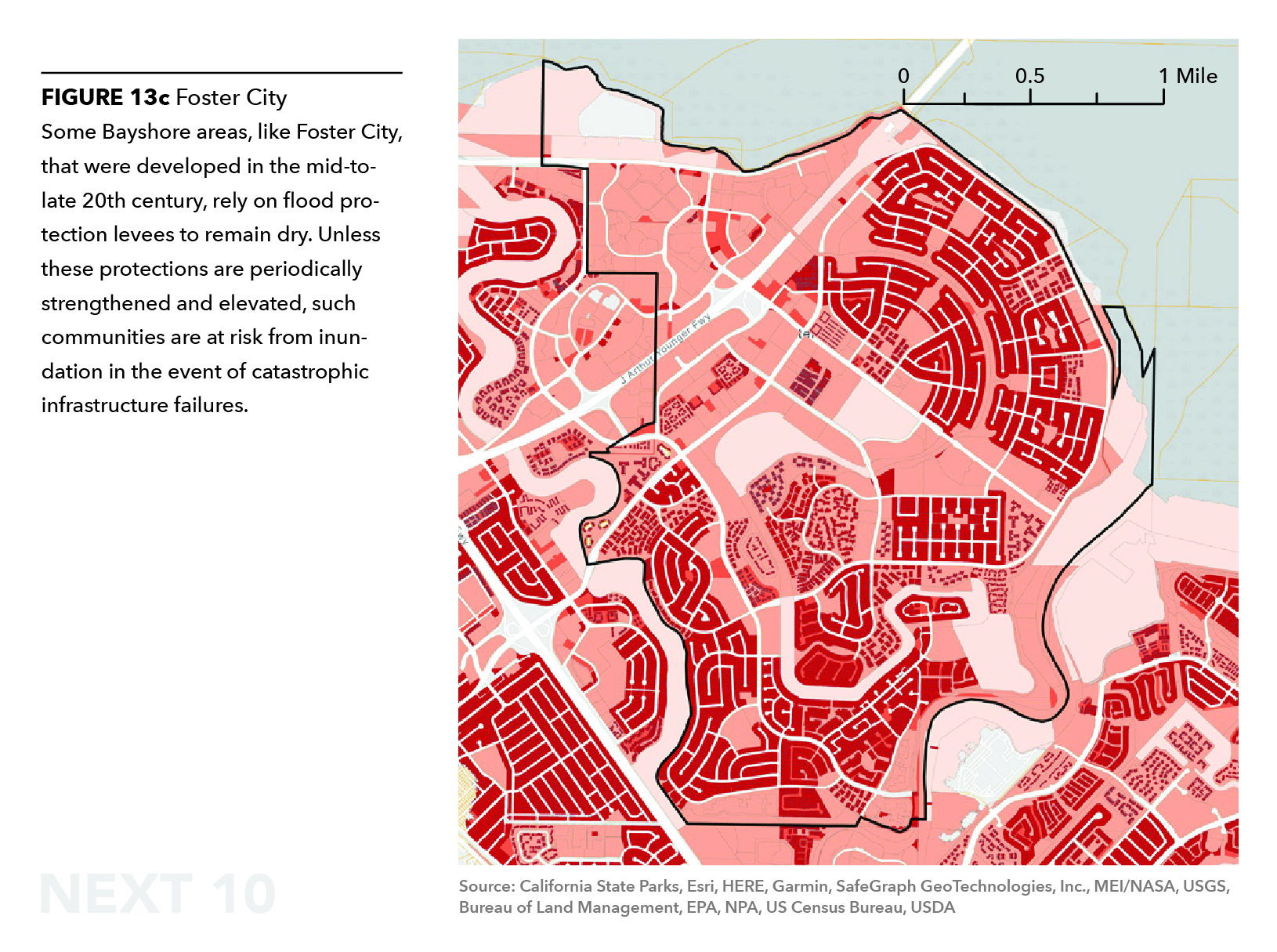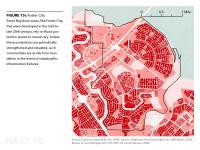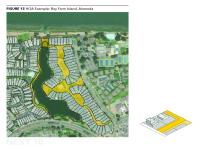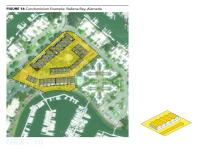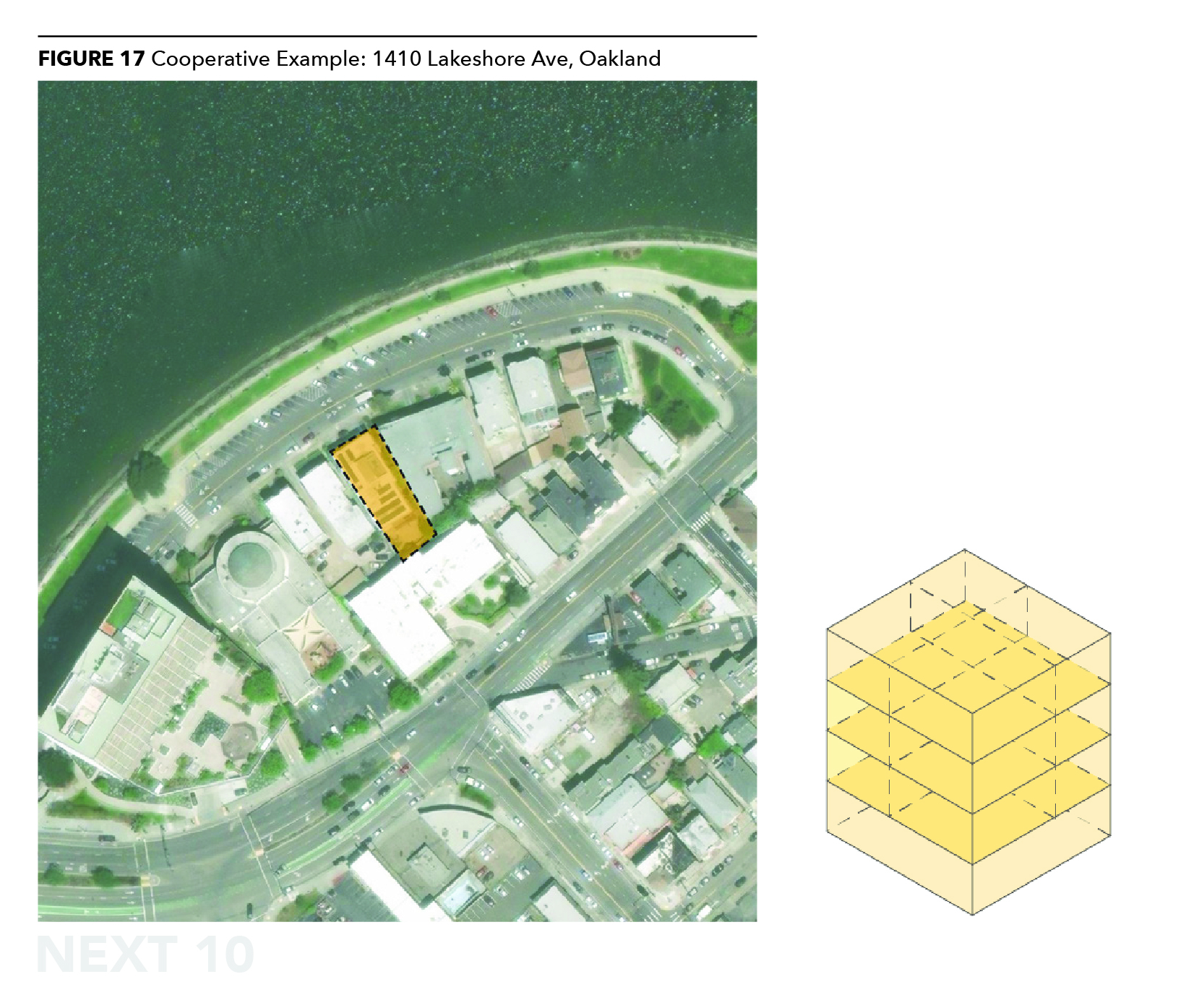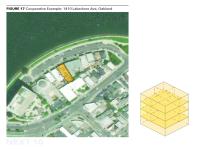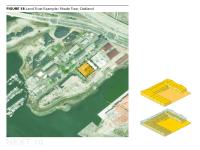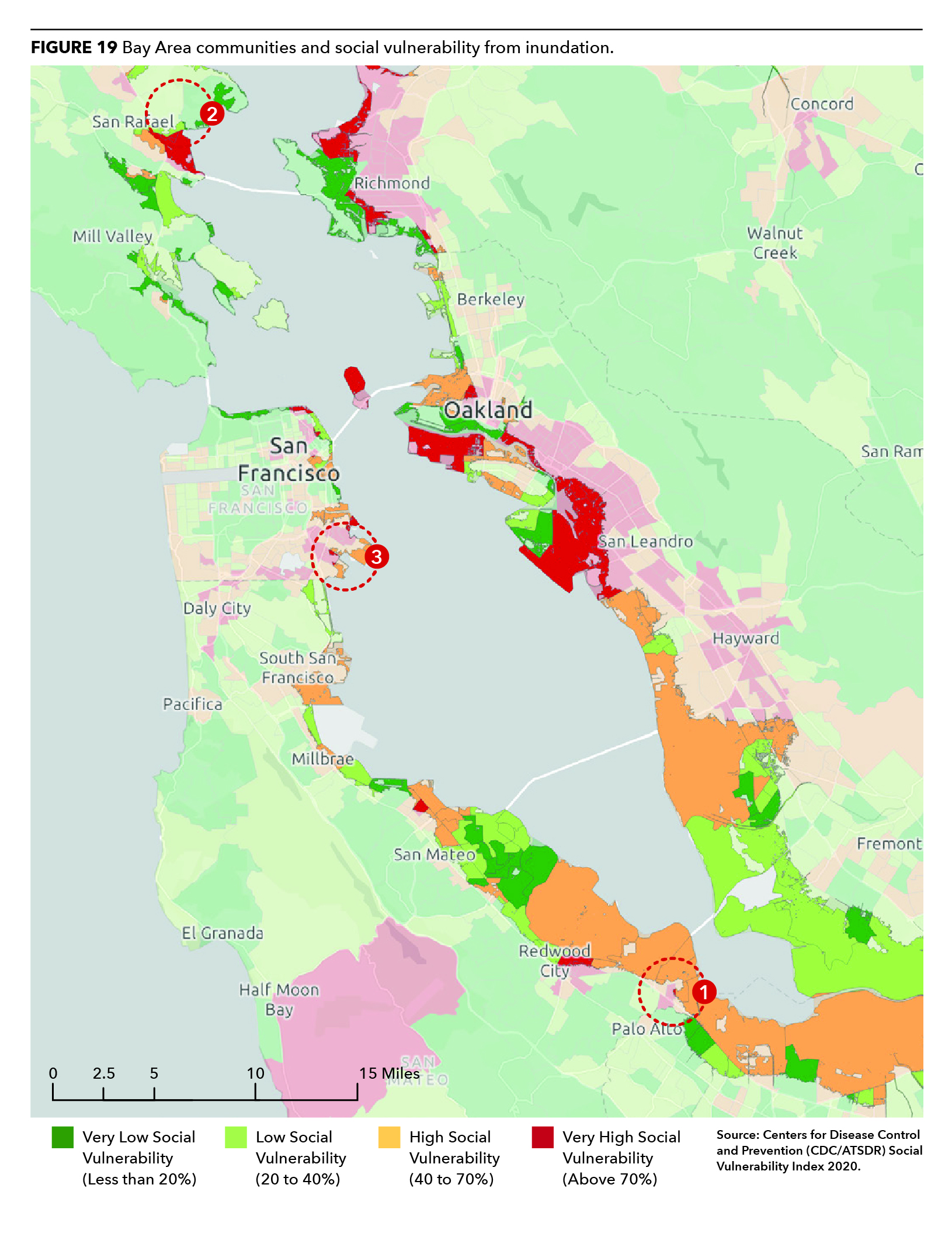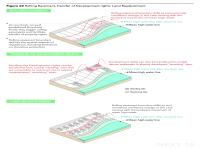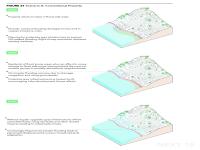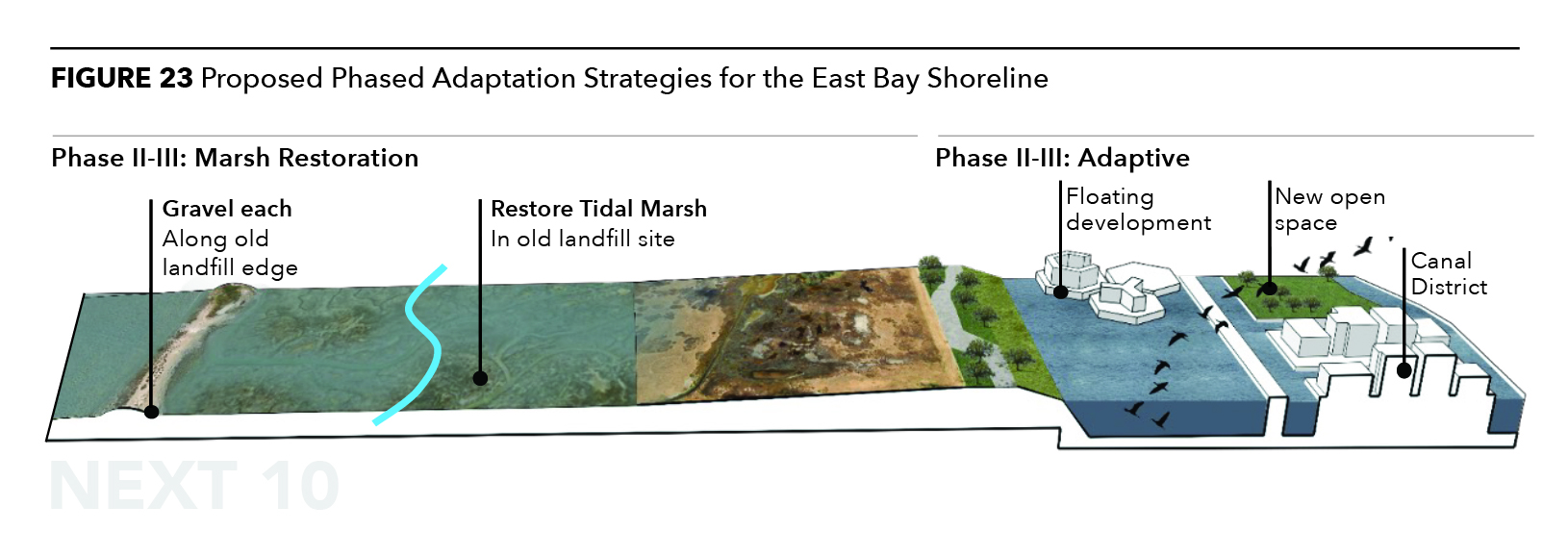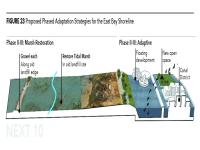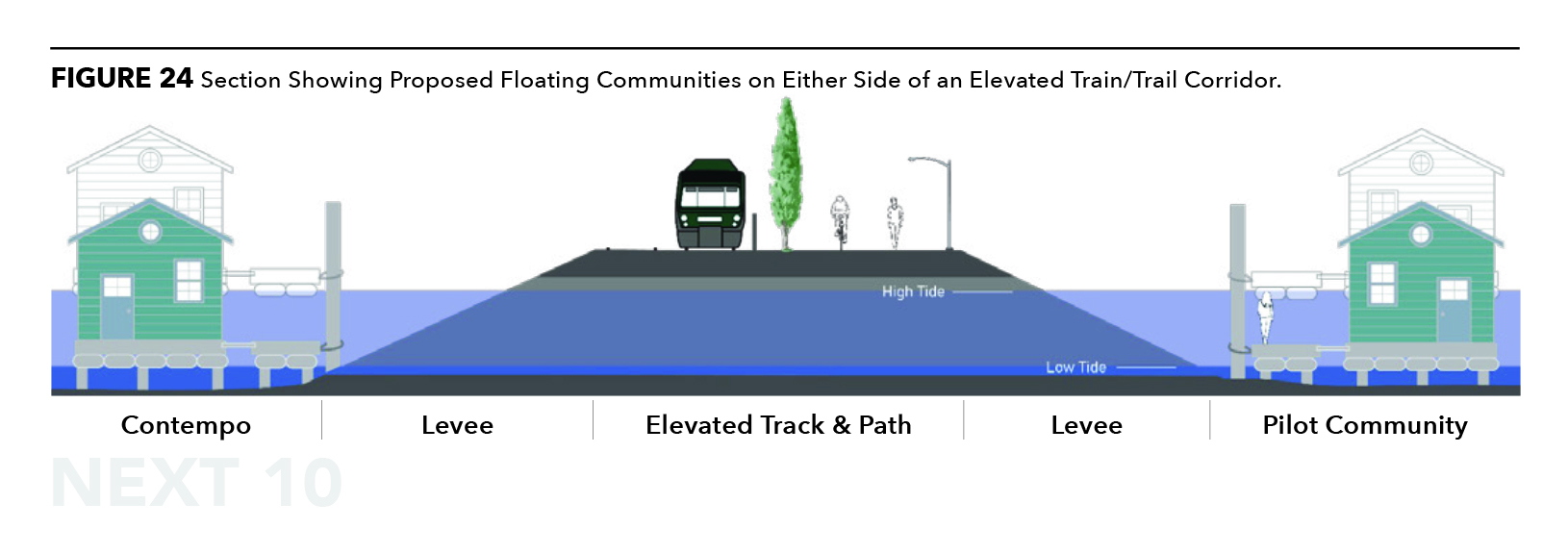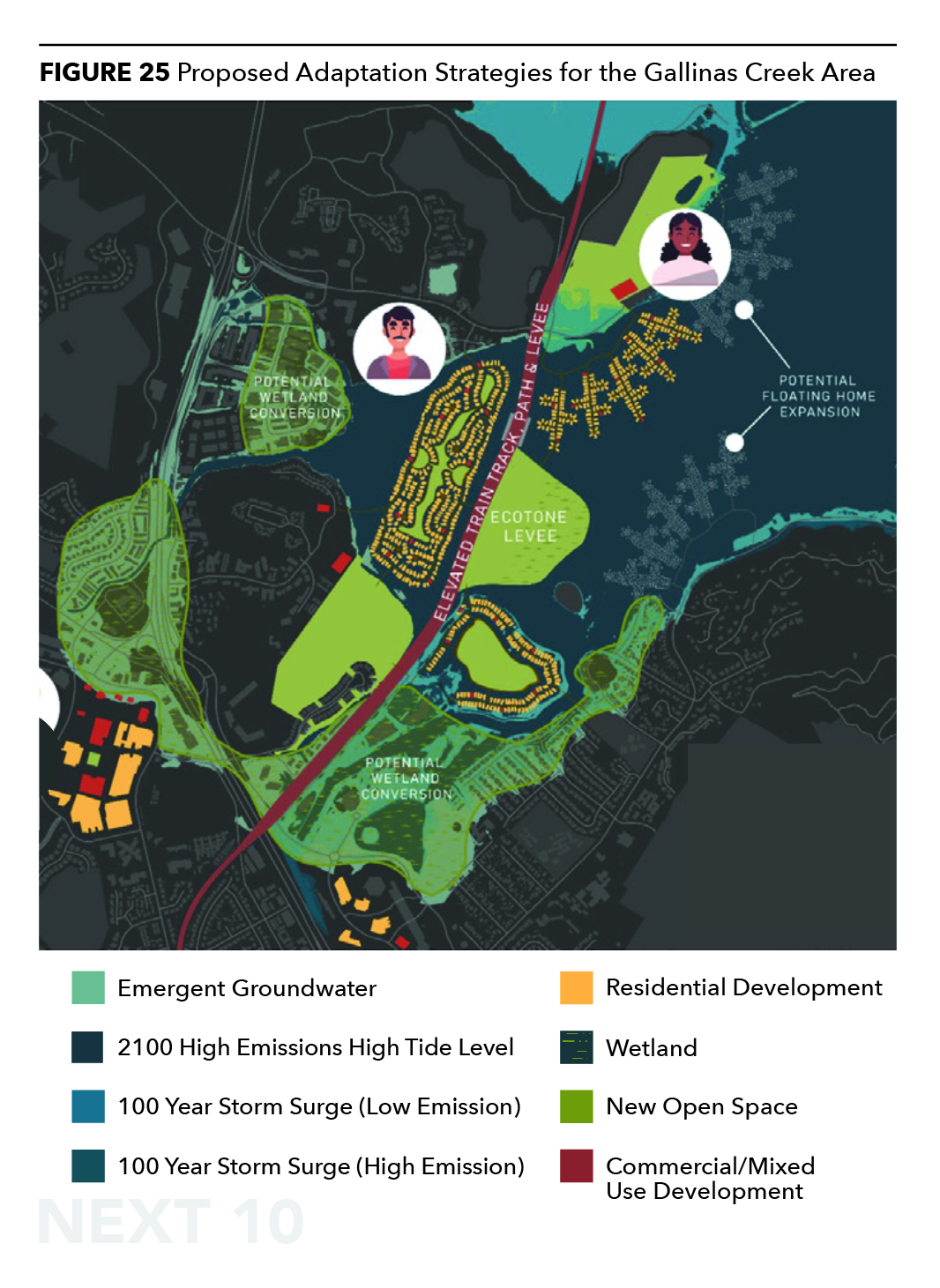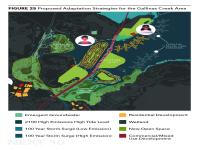Publications
Bayshore Urbanism: Property and Climate Change Adaptation on San Francisco Bay
Sea-level rise will inflict enormous damage on Bay Area communities near the shore in the coming decades. With approximately $110 billion needed to address sea-level rise by 2050, we must change how we approach property institutions and land governance to equitably address the region's climate vulnerability according to this new report by Next 10 and authored by faculty from the University of California Berkeley.
The report introduces a framework for overcoming three main challenges to achieving transformative and equitable adaptation to sea-level rise: shifting our static view of property rights and ownership to a more flexible one, moving away from our current fragmented system to collective action, and by advancing justice.
The report outlines two property strategy scenarios with different pathways toward more flexible, collective, and just adaptation; Scenario A takes a conventional approach while Scenario B is transformative, applying the report’s proposed recommendations.
- Scenario A: In this scenario, property regimes remain predominantly static, individualized, and socially regressive. The primary adaptation mechanisms are “gray” infrastructures like seawalls and drainage pumps. This approach is prone to “lock-in” dynamics wherein investment in expensive hard-engineered installations enables more risky development, placing more people and property at risk when infrastructures are inevitably overwhelmed. This approach is not an effective long-term solution, as it moves impacts from one impacted area to another until all properties are eventually affected.
- Scenario B: In this scenario, alternative property regimes enable new forms of adaptation that are more cost-effective and equitable. They also address the three property challenges enabling adaptation that is 1) more responsive to climate and landscape changes, 2) more conducive to collective action, and 3) more oriented to redressing historic and ongoing injustices. Some proposed measures include establishing community land trusts while planning for “receiving” sites to accommodate residents displaced from flood-prone areas and wetland restoration on coastal land acquired through rolling easements.
Next 10 and UC Berkeley will host a webinar on Thursday, November 12th at 11am PT in which the authors will discuss the key findings from the report and implications for policy. Register HERE.
Next 10 is not the sole owner of rights to this publication. Usage of this content is subject to permissions, please contact us at info@next10.org for more information.
To illustrate pathways towards more flexible, collective, and just adaptation, the report includes case studies for six different Bayshore neighborhoods: the Canal District in San Rafael, Bayview-Hunters Point in San Francisco, Alameda, the East Bay from San Leandro to Hayward, Gallinas, and East Palo Alto. Individual solutions and strategies for addressing sea-level rise in these communities include:
- New rent control and eviction protections in advance of significant investments in sea-level rise resilience, such as community land trusts, supported through public and philanthropic funds, acquiring flood-safe “receiving” sites to enable resettlement without the threat of climate gentrification.
- Wetland restoration, shipyard redevelopment, adaptive land-forming and establishing a Public Land Trust.
- New multipurpose levee landscapes and ecological restoration of estuary areas to buffer against projected sea-level rise.
- Rolling easements, which allow wetlands and beaches to migrate inland, as we remove buildings, roads, and other structures from the land it becomes submerged, would be employed for property acquisition, with newly flooded land preserved as open space under the public trust doctrine.
- Retrofits like buoyant foundations and strategic relocation from the most hard-to-protect areas.
- Offer the option to join a collectively-owned flood-adaptive floating residential development or to relocate using a newly created Transfer of Development Rights (TDR) program.
- Floodplain restoration, creek widening, new Bayfront ecotone levees, which are sloped embankments of plants to reduce impacts from sea-level rise, and floating neighborhoods on artificial ponds.
Policy recommendations in the report include:
- Enabling the Bay Conservation & Development Commissions (BCDC) to become a vehicle for transformative adaptation: Much of the agency’s 100-foot shoreline band of jurisdiction is projected to be inundated, and thereby, converted to public ownership. Thus, BCDC’s mandate and jurisdiction will need legislative modification, and BCDC will need to revise some core policies.
- Supporting shared ownership: While coastal land holdings in the Bay Area are very fragmented, much of the land at risk from sea-level rise is owned by various types of private common-interest communities (e.g., HOAs and condo boards). These entities vary widely in their capacity and focus, but, under the right conditions, they could use commonly held lands for adaptation. However, these shared ownership entities need to have the right incentives and resources in place to manage this responsibility.
- Improving coordination between public, private, and shared ownership entities: Multiple scales of cooperation are needed to support collective investments in green infrastructure to benefit more people, while minimizing practices that pit neighboring property owners and neighboring public jurisdictions against one another. Existing regional entities–public, private, and nonprofit–could convene collaborative councils to coordinate collective investments, and state agencies could provide direct support for such efforts.
- Exploring a broader range of property strategies: Alternative property rights strategies would make it easier to move property rights from one location to another through tools like land readjustment and transfer of development rights, proactively and intentionally share some of the costs of sea-level rise, create new property rights schemes to facilitate future adaptations, and redress past and ongoing injustices.
Next 10 cannot grant permission to use graphics from this publication; additional permissions may be required from the copyright holder. Please view our Terms of Use policy for more information or contact Next 10 at info@next10.org with any questions.
